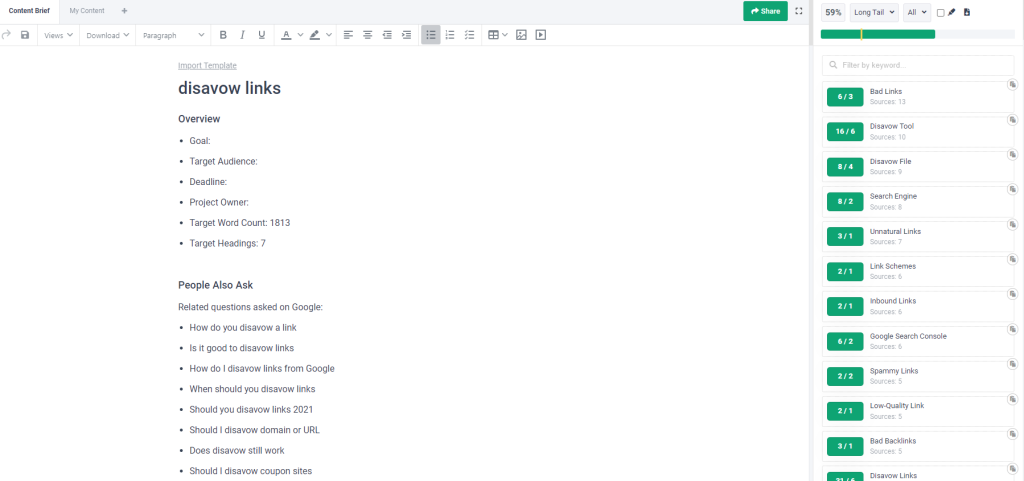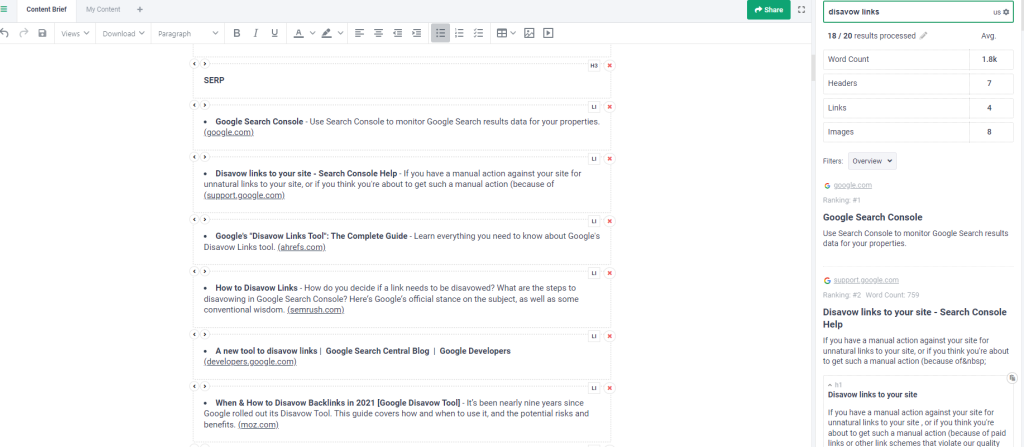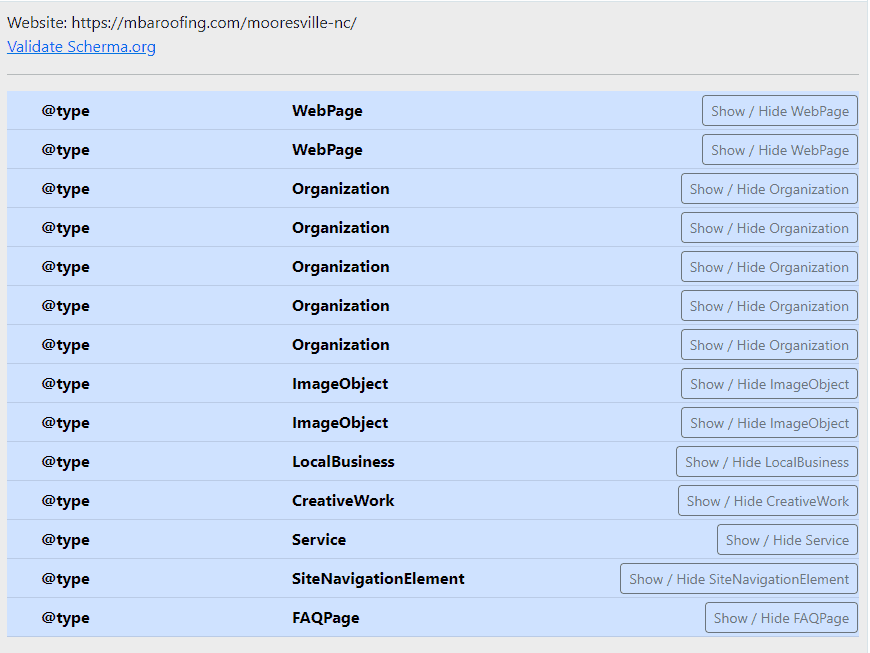On-Page SEO: The Definitive Guide to Boosting Your Website’s Ranking
In the world of digital marketing and website optimization, Search Engine Optimization (SEO) is the key to success. When it comes to maximizing your website’s visibility on search engines, there are two main aspects to consider: On-Page SEO and Off-Page SEO. In this blog post, we’ll delve into the realm of On-Page SEO, focusing on the techniques and strategies that can help elevate your website’s search engine ranking and drive organic traffic.

What is On-Page SEO?
On-Page SEO refers to the practice of optimizing individual web pages to improve their search engine ranking and thereby increase organic traffic to your site. Unlike Off-Page SEO, which involves external factors like backlinks and social signals, On-Page SEO centers on optimizing the content, structure, and HTML elements of your web pages.
Keyword Research and Selection
The foundation of any successful On-Page SEO strategy starts with thorough keyword research. Identifying the right keywords relevant to your content and target audience is crucial for gaining visibility on search engine results pages (SERPs). Tools like Google Keyword Planner, Ahrefs, or SEMrush can aid in finding valuable keywords with a good balance between search volume and competition.
High-Quality and Relevant Content
Content remains king in the realm of SEO. Producing valuable, informative, and engaging content that addresses your audience’s pain points is essential. Search engines reward high-quality content, so ensure your articles, blog posts, and website pages are well-written and comprehensive. Use headings, subheadings, and bullet points to make your content easily scannable and reader-friendly.
Title Tags and Meta Descriptions
Title tags and meta descriptions are HTML elements that provide concise information about the content of a web page. Crafting compelling and keyword-rich title tags (within 50-60 characters) and meta descriptions (within 150-160 characters) can significantly improve your click-through rates (CTR) on the search results.
URL Structure
Optimize your website’s URL structure to make it more search engine and user-friendly. Use short, descriptive, and keyword-rich URLs that convey the content of the page. Avoid using generic URLs with meaningless strings of numbers or characters.
Heading Tags (H1, H2, H3, etc.)
Heading tags organize the content hierarchy on your page. Use H1 tags for the main page title and H2, H3, and so on for subheadings. Properly structured headings not only make your content more readable but also help search engines understand the context of your content.
Image Optimization
Images are essential for enhancing the visual appeal of your content, but they can also impact your website’s loading speed. Optimize your images by compressing them without compromising quality, using descriptive alt text, and adding relevant file names. This allows search engines to understand the image content and enhances your chances of appearing in image search results.
Internal Linking
Internal linking is an effective way to guide visitors and search engines through your website’s structure. By linking relevant pages together, you spread link equity across your site and help search engines discover new content more easily.

Rich Snippets and Structured Data
Rich snippets are enhanced search results that display additional information, such as star ratings, prices, and event details, right on the search results page. Implementing structured data markup on your website enables search engines to better understand your content and increases the chances of being featured as a rich snippet, which can improve click-through rates.

Conclusion
Climbing the mountain of Google may seem like an arduous journey, but with a robust On-Page SEO strategy, you can steadily ascend the ranks of search results and achieve greater visibility for your website. By producing relevant, high-quality content, optimizing for user experience, and leveraging technical SEO best practices, you’ll be well-equipped to conquer Google’s ever-changing algorithms. Stay committed to continuously improving your On-Page SEO efforts, and you’ll reap the rewards of increased organic traffic, enhanced brand visibility, and sustainable online success.

